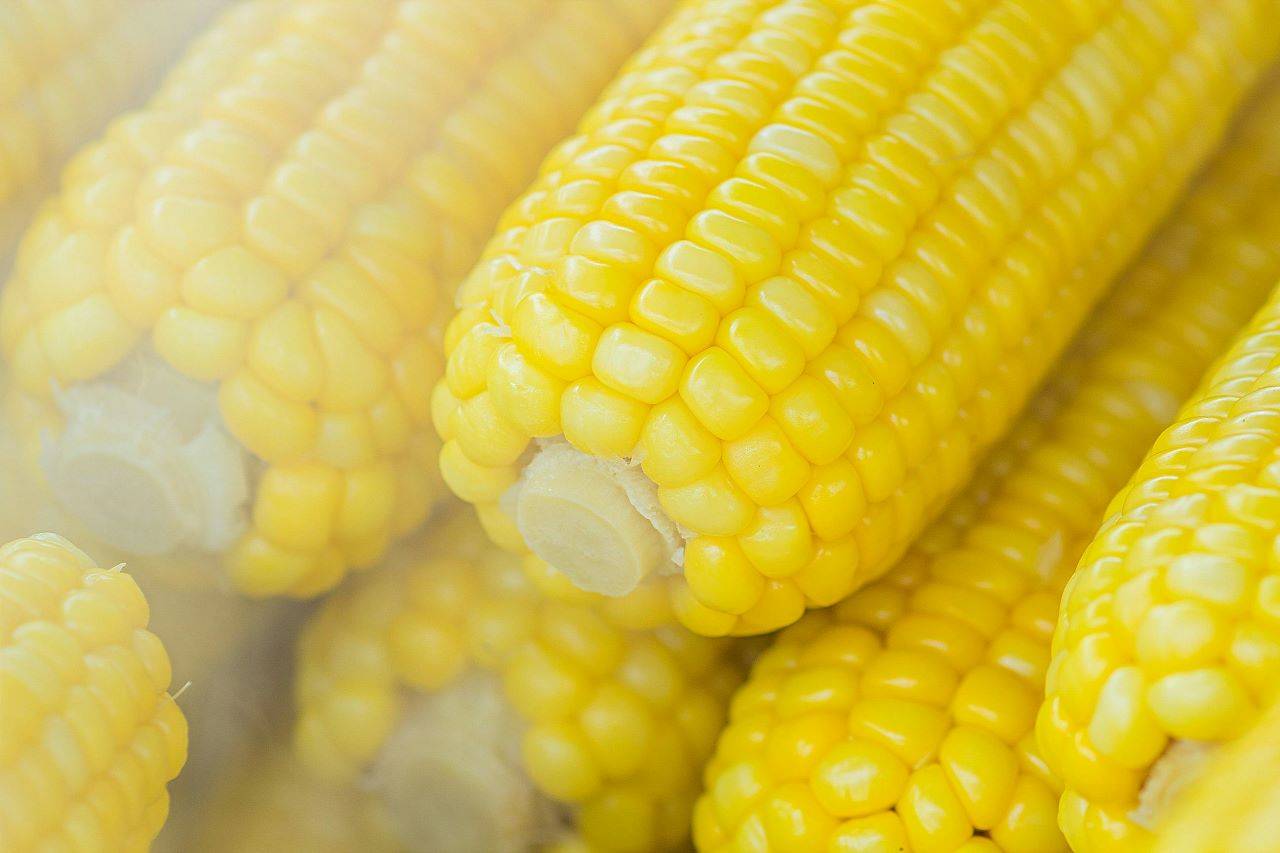
Baby corn, the young ear of maize (Zea mays L.), is garnering significant attention in agriculture due to its lucrative cultivation prospects and rising demand. This delicacy is harvested at an early stage, before fertilization occurs, presenting a tender and crisp vegetable with a delightful sweet flavor. Moreover, it boasts nutritional value comparable to popular vegetables such as cauliflower, cabbage, tomato, eggplant, and cucumber, making it a sought-after produce both domestically and internationally.
Origin & Spread of Baby Corn
Originating in Southeast Asia centuries ago, baby corn has found fertile ground for cultivation in India. States like Karnataka, Andhra Pradesh, Maharashtra, Tamil Nadu, Punjab, Haryana, and Uttar Pradesh offer suitable agro-climates for its growth, facilitating its emergence as a profitable crop for Indian farmers. Over time, India has become a key exporter of baby corn to regions like the Middle East, Europe, and North America, while also catering to a significant domestic market.
Land Preparation and Cultivation
The cultivation of baby corn mirrors practices used for sweet corn and popcorn. Farmers adopt two primary systems: standard populations of around 58,000 plants per hectare, where the top ear is reserved for grain or sweet corn and subsequent ears are harvested for baby corn, and high plant populations (175,000 plants/ha) focused entirely on baby corn production. These systems yield between 4.65 to 10.60 quintals of husked ears per hectare, reflecting the profitability of baby corn farming.
Sowing and Varietal Selection
For successful cultivation, a seed rate of 20-25 kg/ha is recommended to maximize cob production. While no specific baby corn variety exists in India, early and prolific varieties like HIM 123, VL-42, Him 129, and hybrids such as Prakash, PEHM 1 & 2, have shown promise. Cultivars with short stature and prolific flowering are preferred, with hybrids favored for their uniformity in flowering, enabling efficient harvesting with minimal plucking cycles.
Varieties of Baby Corn:
List of cultivars recommended for cultivation for baby corn purpose and their growing season
|
Variety |
Hybrid |
Recom- |
Recom- |
Time to |
Yield |
|
Him 123, VL 42, Him 129,VL |
Ganga |
Kharif & |
Across |
45-50 |
1,50,000 |
Nutrient Management for Optimal Yield
The application of nitrogen, phosphorus, and potassium is critical during different growth stages. Nitrogen is recommended at 150-200 kg/ha split into three applications, while phosphorus and potassium are applied as basal doses. Proper nutrient management ensures robust plant growth and higher yields of quality baby corn.
Pest Management
Stalk borers pose a threat to baby corn crops, necessitating the use of pesticides like Endosulfan for effective control. Regular monitoring and timely intervention are essential to safeguard the crop and optimize yields.
Harvesting and Post-Harvest Practices
Harvesting baby corn at the right stage (45-50 days after emergence) when silks are 1-2 cm long is crucial to maintain quality and flavor. The process involves careful husking and desilking to preserve the integrity of the ears. Market readiness is gauged by size (4.5-10 cm long, 7-17 mm diameter) and color (preferably yellow with regular row arrangement), with options for immediate sale or processing into canned or pickled products for extended storage and transport.
Market Trends & Future Prospects
The growing popularity of baby corn in the Indian market, coupled with its established international demand, indicates a promising future for this crop. Restaurants and hotels, catering to diverse cuisines, are significant consumers of baby corn, driving market growth and creating lucrative opportunities for farmers.
(Source: ICAR-CCARI)
















